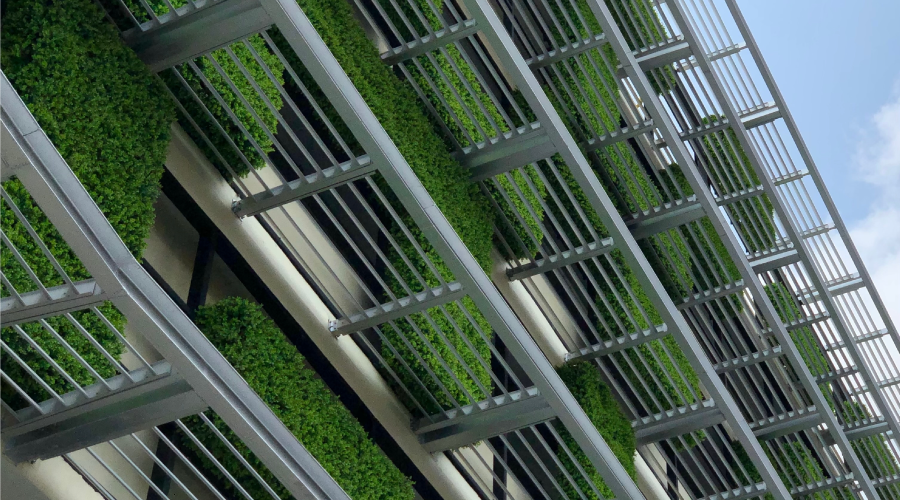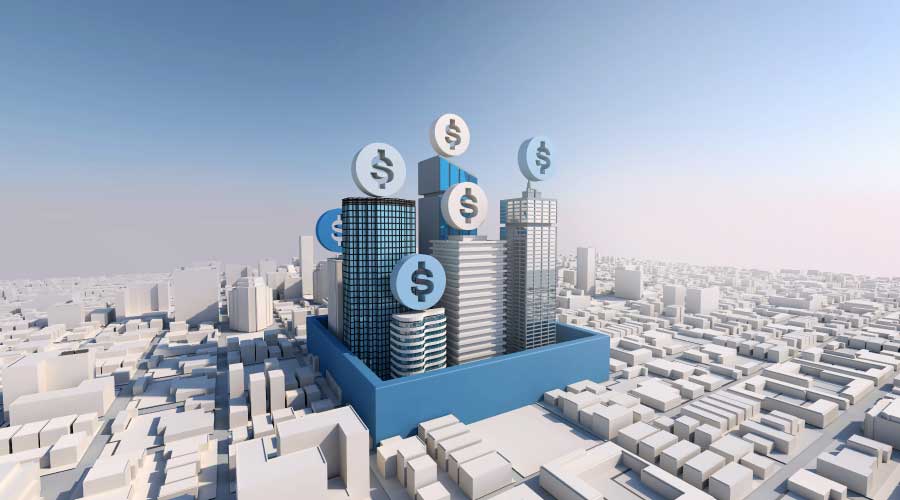Proposed Incentives for Building Efficiency
The 112th Congress has started fresh in Washington, D.C. A Republican majority in the House of Representatives, with Democrats controlling the White House and Senate, will prove to be a recipe for either gridlock or compromise. It bodes well that the productive lame-duck session in the waning days of the last Congress showed that both parties can strike deals on a spectrum of issues — ranging from fiscal (keeping the Bush-era tax cuts in place for two more years), to social (repealing "Don't Ask, Don't Tell"), to foreign policy (endorsing the nuclear "New START" treaty with Russia).
While federal policymakers search for cost-effective ways to accelerate job growth and further economic recovery without busting the budget, it makes sense to emphasize the significant employment opportunities that will arise from retrofit projects that make our existing building stock more energy efficient. We are dealing with a cliché, but a truth: Retrofitting our buildings by making them more energy efficient is the win-win that will create demand for electricians, technicians, carpenters and thousands of others laborers, while also conserving energy, reducing our demand on foreign fuel supplies and lowering greenhouse gas emissions.
As Congress considers climate and energy proposals in 2011, the Real Estate Roundtable believes that meaningful and useful federal financial incentives that leverage private investment in building efficiency upgrades are long overdue. According to the Congressional Oversight Panel examining the economic crisis, about $1.4 trillion in commercial real estate debt will be due in the next several years. As properties are refinanced or change ownership, there will be opportune points of entry into the retrofit market for real estate companies.
Tax incentives for businesses are likely the most palatable means to spur building efficiency in the current political climate. An existing break, enacted by Congress in the 2005 Energy Policy Act (EPAct) and codified at section 179D of the Internal Revenue Code, provides building owners a tax deduction for new commercial construction and substantial rehabilitation projects. That deduction, however, has largely proven to be unusable and unworkable for multitenant building owners and managers.
The 179D deduction should be modified to specifically encourage improved performance through existing building retrofits. This can be done by benchmarking a building's energy consumption through accepted tools such as Portfolio Manager developed by the U.S. Environmental Protection Agency as part of its Energy Star program, and then incentivizing projects that reduce consumption from that baseline in subsequent years. Through a reformed section 179D, a sliding scale of meaningful tax incentives should be awarded for buildings that stretch their energy performance through retrofit projects that make significant, but achievable and feasible, gains compared to their past consumption. Congress should make the 179D tax deduction fully useable for real estate investment trusts.
The new Congress should also consider creating a loan guarantee product, administered by the U.S. Department of Energy (DOE), to back private-party financing for real estate firms to retrofit assets across company-wide portfolios. A DOE guarantee platform should be geared to multiple building retrofits across a company's asset portfolio, at a scale that justifies interest from commercial lenders interested in pooling loans for investors.
While Congress should consider proposals that provide greater security to retrofit investors (like a loan guarantee), they should not endorse Property Assessed Clean Energy (PACE) to the extent it upsets traditional financing priorities that have been the underpinning for mortgage lending for decades.
Related Topics:












